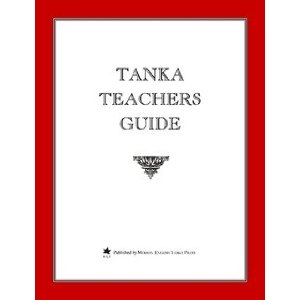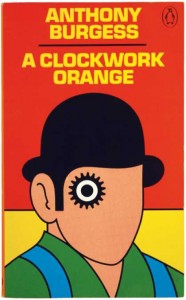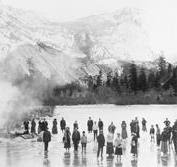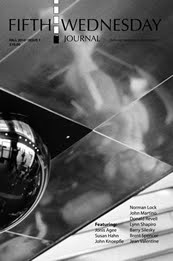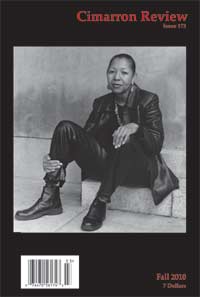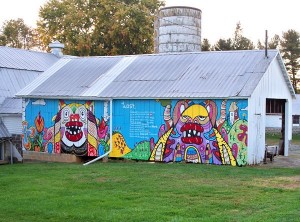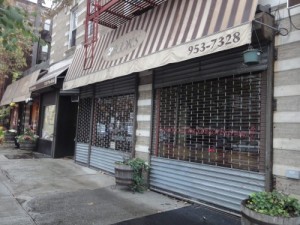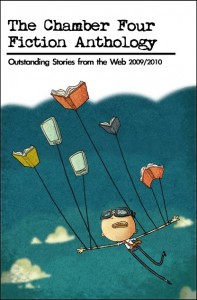Editor-in-Chief Damian W. Hey, Art Editor George Kayaian, Literary Editor Tracy Kline, and Managing Editor Mike Russo are the working force behind and/or, a PDF (Issue) and print journal “for creative experimental writing and/or innovative graphic art.”
Hey writes in the editorial for the first issue: “What is experimental to one person may be old hat to another. In general, we have sought to include works that represent as broad an experimental spectrum as possible. We have given preference to those works that provoke the reader or the viewer to question some aspect of tradition, convention, or expectation. We have looked for writing that teaches the reader how to read it, and art that teaches the viewer how to view it. And, in our evaluation of submitted work, we were not beyond the occasional outburst of: we know the good stuff when we see it!”
The first 100+ page issue of and/or features works by Carol Agee, Tanner Almon, George Anderson, Michael Andreoni, Jenn Blair, Ric Carfagna, James Carpenter, Brian Cogan, Kirk Curnutt, Nicole Dahlke, Arkava Das, Tray Drumhann, Joseph Farley, Adam Field, Howie Good, Thomas Gough, Aimee Herman, Jared Joseph, Mark L.O. Kempf, Ron. Lavalette, Donal Mahoney, Ricky Massengale, RC Miller, Antoine Monmarche, Kyle Muntz, Christina Murphy, Matt Parsons, Dawn Pendergast, Michael Lee Rattigan, Francis Raven, Mary Rogers-Grantham, Christine Salek, Chad Scheel, James Short, Bruce Stater and Lori Connerly, Felino A. Soriano, Orchid Tierney, David Tomaloff, Echezona Udeze, Justin Varner, and Christopher Woods.
The journal seeks submissions from writers and/or other sorts of artists whose work openly challenges the boundaries (mimetic, aesthetic, symbolic, cultural, political, philosophical, economic, spiritual, etc.) of literary and/or artistic expression. The deadline for Volume 2 is March 1, 2011.
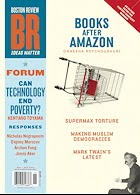 The lead essay in the Nov/Dec 2010 issue of Boston Review forum by Kentaro Toyama, Can Technology End Poverty?, is available full-text online with responses from Nicholas Negroponte, Dean Karlan, Ignacio Mas, Nathan Eagle, Jenny C. Aker, Christine Zhenwei Qiang, Evgeny Morozov, and Archon Fung and a final reply by Kentaro Toyama. The forum is also open to reader responses.
The lead essay in the Nov/Dec 2010 issue of Boston Review forum by Kentaro Toyama, Can Technology End Poverty?, is available full-text online with responses from Nicholas Negroponte, Dean Karlan, Ignacio Mas, Nathan Eagle, Jenny C. Aker, Christine Zhenwei Qiang, Evgeny Morozov, and Archon Fung and a final reply by Kentaro Toyama. The forum is also open to reader responses.
